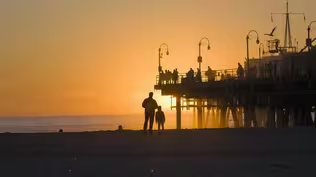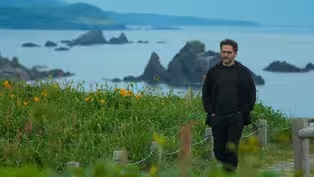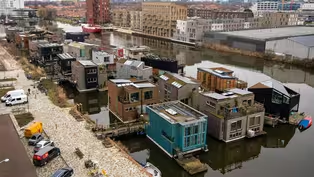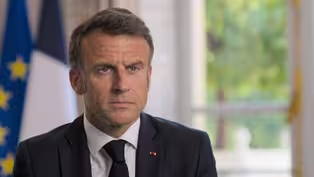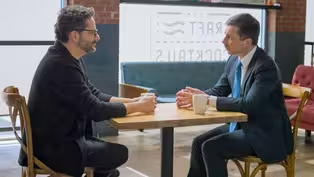
Future of 3D Printed Homes
Clip: Episode 5 | 1m 26sVideo has Closed Captions
3D printed homes pose a potential solution to addressing the growing housing crisis.
Ari visits Austin, Texas to explore the latest innovation in homebuilding 3D printing. Melodie Yashar explains the process of 3D printing homes and its potential to address the global housing crisis and life on other planets. The example of a 3D-printed community in Austin showcases the speed and efficiency of this technology.
Problems playing video? | Closed Captioning Feedback
Problems playing video? | Closed Captioning Feedback
Supported by the Hoveida Family Foundation and The Rosalind P. Walter Foundation.

Future of 3D Printed Homes
Clip: Episode 5 | 1m 26sVideo has Closed Captions
Ari visits Austin, Texas to explore the latest innovation in homebuilding 3D printing. Melodie Yashar explains the process of 3D printing homes and its potential to address the global housing crisis and life on other planets. The example of a 3D-printed community in Austin showcases the speed and efficiency of this technology.
Problems playing video? | Closed Captioning Feedback
How to Watch A Brief History of the Future
A Brief History of the Future is available to stream on pbs.org and the free PBS App, available on iPhone, Apple TV, Android TV, Android smartphones, Amazon Fire TV, Amazon Fire Tablet, Roku, Samsung Smart TV, and Vizio.
Buy Now
Providing Support for PBS.org
Learn Moreabout PBS online sponsorship- I also know in your bio, you're an architect for both on-world and off-world architecture.
So the on-world I get.
We're here.
Tell me more about the off-world work.
- 3D printing is a leading contender in in-space construction because the premise for 3D printing in space is that we would use local and indigenous materials on the surface of the planet rather than bringing anything with us from Earth.
That's a really high-impact concept because it is prohibitively expensive to launch heavy materials from Earth to space.
And it's not going to enable us to create the kinds of infrastructure, small cities, and settlements that we've seen in science-fiction images for decades in the past.
So NASA is really interested, and other aerospace companies are really interested in this idea of using the soil that is local to the Moon and Mars and sending up a single 3D-printing robot that can leverage that soil and those materials to 3D print, really, any kind of infrastructure or any kind of surface element that would be beneficial to the crew.
- The collaboration and innovation at work here is beautiful.
And it's inspiring to see how solving problems with creativity and concern for the here and now is the same work as building far-off futures as well.
Video has Closed Captions
Preview: Ep5 | 30s | How can we create futures that serve the needs of all people? (30s)
The Future of Sustainable Housing
Video has Closed Captions
Clip: Ep5 | 9m 35s | Ari explores better, more sustainable ways of living together going forward. (9m 35s)
The Power of Deliberative Democracy
Video has Closed Captions
Clip: Ep5 | 8m 52s | Ari explores forms of deliberative democracy around the world that empower citizens. (8m 52s)
The Vital Importance of Better Infrastructure
Video has Closed Captions
Clip: Ep5 | 3m 4s | Building better cities and transportation can influence human connection and cooperation. (3m 4s)
Providing Support for PBS.org
Learn Moreabout PBS online sponsorshipSupport for PBS provided by:
Supported by the Hoveida Family Foundation and The Rosalind P. Walter Foundation.
